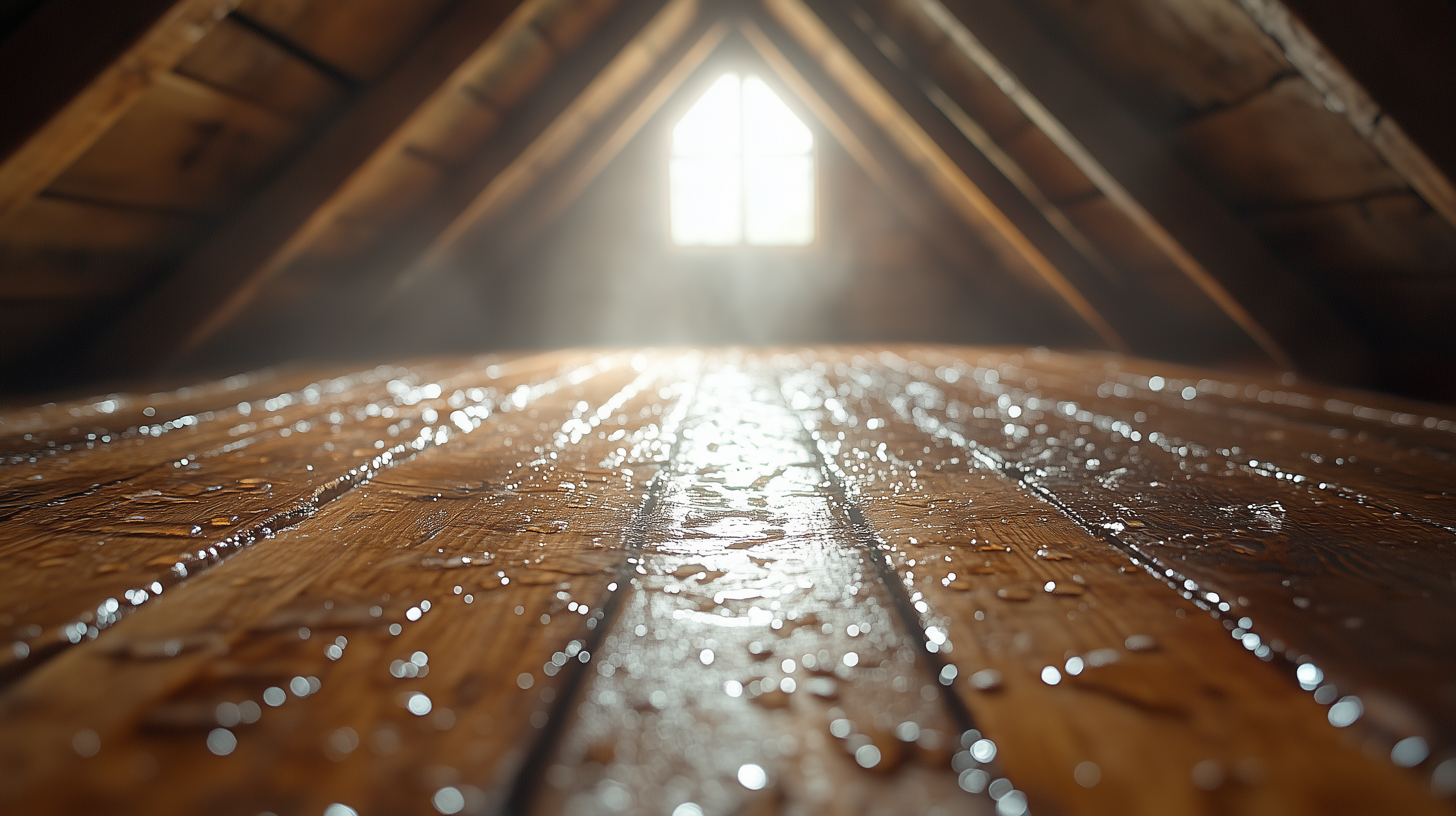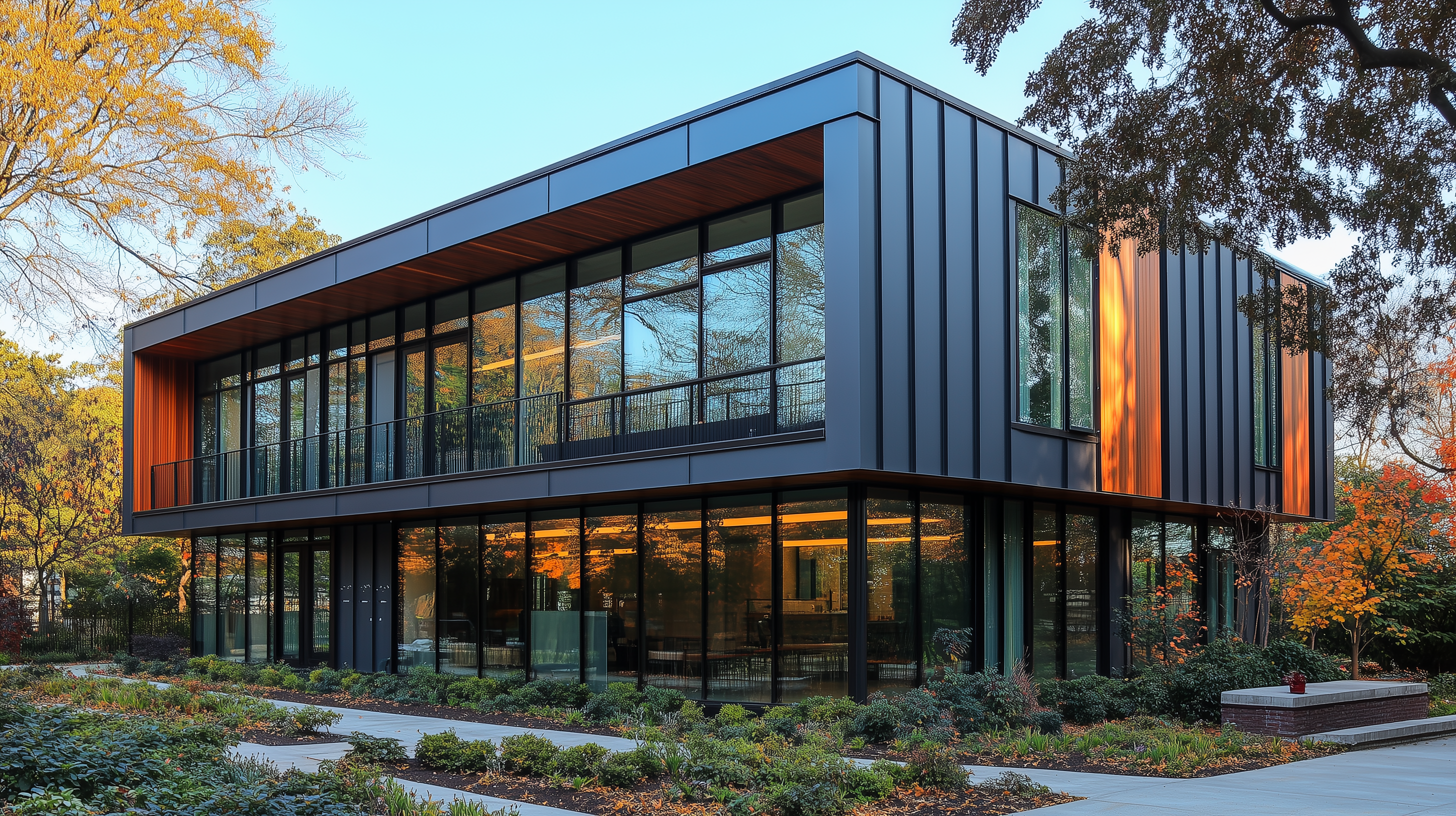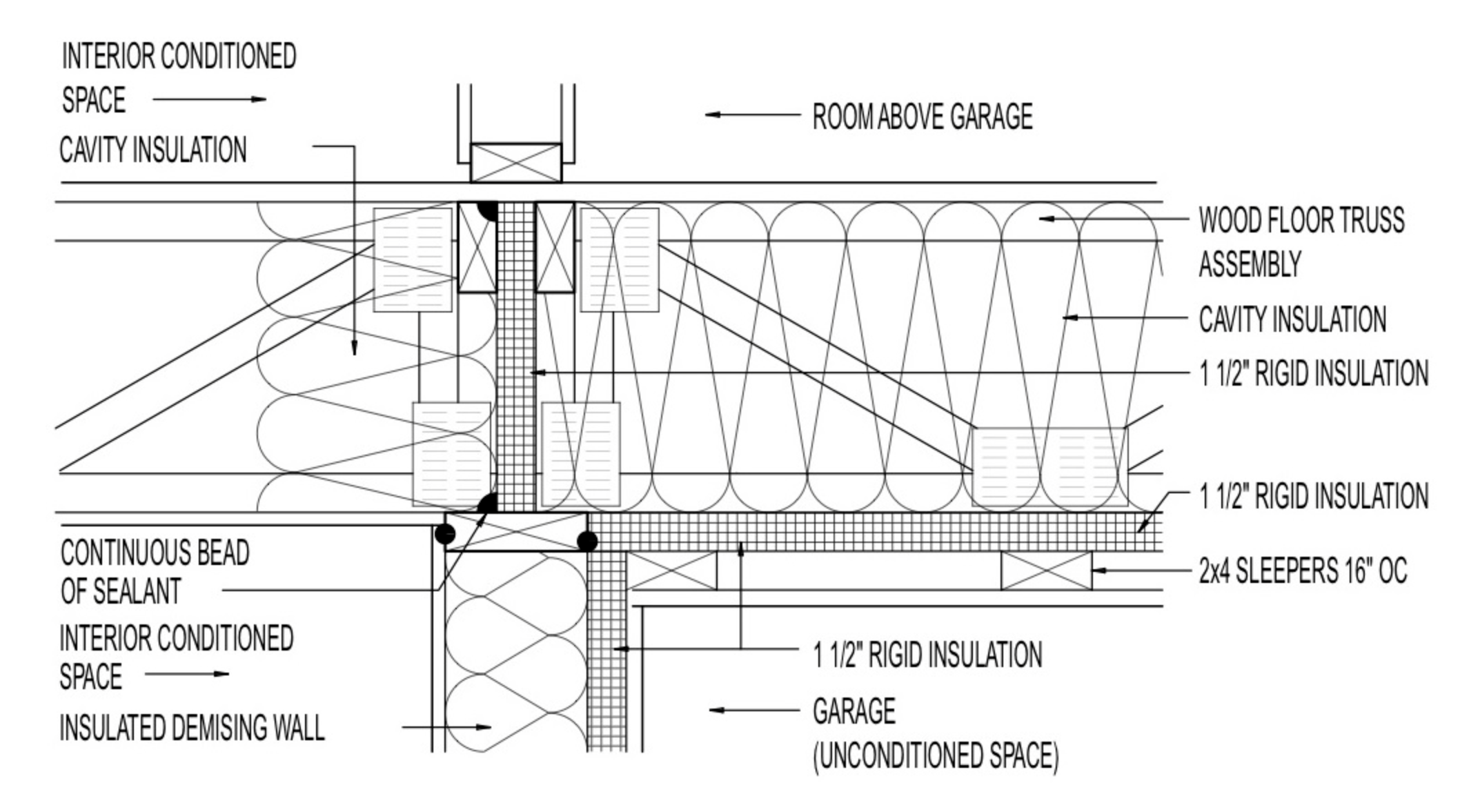Ensuring Code Compliance for Moisture Control in Unvented Attics: A Guide to Vapor Diffusion Ports
Unvented attics are increasingly popular, especially in warmer climates, but they bring unique moisture control challenges. Improper moisture management in these attics can lead to condensation issues, mold, and compromised insulation performance. This guide covers the requirements and best practices, including vapor diffusion ports, as outlined in the 2015 and 2018 International Residential Code (IRC) and International Energy Conservation Code (IECC).
Why Moisture Control in Unvented Attics Matters
Unvented attics maintain energy efficiency and protect indoor air quality by enclosing the attic within the home’s thermal envelope. However, when moisture enters an unvented attic, it has limited ways to escape, which can lead to increased humidity levels and condensation. To mitigate this, the Building America Program recommends vapor diffusion ports for releasing trapped moisture safely.
Key Code Sections for Moisture Control in Unvented Attics
Building Official’s Authority
2015 IRC, Section R104
- The building official has the authority to interpret the code, ensuring that designs meet the code’s intent.
- For unvented attic designs, officials can approve vapor diffusion ports as alternative methods if they comply with performance standards.
2015 IECC/IRC, Section R102.1/R104.11
- This section allows alternative materials, designs, and methods that fulfill the code’s intent. Vapor diffusion ports meet these alternative methods to control attic moisture in compliance with current codes.
Construction Document Requirements
The code requires clear construction documentation detailing the roof assembly, insulation type, air sealing, and moisture control methods. Specific to vapor diffusion ports, construction documents should include:
- Roof Assembly Details: Specifies insulation and air-sealing details.
- Vapor Diffusion Port Specifications: Design, location, and materials used, including R-values and air-permeable insulation details.
- Air Sealing and Moisture Control: Details all joints, seams, and penetrations to ensure the thermal envelope is airtight.
2015 IECC/IRC Section R103.2/N1101.5
- Construction Documents: Must be comprehensive, detailing insulation materials, air sealing, and specific vapor diffusion port locations and materials.
Requirements for Unvented Attics
The 2015 and 2018 IRC specify conditions for unvented attic assemblies to manage moisture effectively.
Section R806.5: Unvented Attic and Enclosed Rafter Assemblies
Unvented attics must meet the following criteria:
- Completely Within Thermal Envelope: The attic must be within the home’s insulated boundary.
- No Interior Class I Vapor Retarders: Class I vapor retarders (e.g., polyethylene) are not permitted on the ceiling side of unvented attics in climate zones 5–8.
- Air-Impermeable Insulation: In colder climate zones, air-impermeable insulation must meet specific vapor retarder requirements or include a vapor retarder coating.
- Vapor Diffusion Port Requirements (2018 IRC Update):
- Located within 12 inches of the roof’s highest point.
- A port area equal to or greater than 1:600 of the attic’s ceiling area.
- Vapor permeable membrane rated at 20 perms or more to allow moisture release.
Insulation and R-value Specifications
Table R806.5 – Insulation for Condensation Control
Unvented attics in climate zones 1-3 require air-impermeable insulation with a minimum R-value of R-5, paired with air-permeable insulation layers below the roof sheathing.
Compliance Pathways: R-values and U-Factors
2015 IECC/IRC, Section R402.1.2/N1102.1.2
- This section defines minimum R-values for ceiling insulation, specifying R-30 for climate zone 1 and R-38 for climate zones 2 and 3.
U-Factor Alternatives
Assemblies with a U-factor equal to or lower than specified in Table R402.1.4/N1102.1.4 can serve as alternatives to R-value requirements.
| Climate Zone | Ceiling R-Value | Ceiling U-Factor |
|---|---|---|
| 1 | 30 | 0.035 |
| 2, 3 | 38 | 0.030 |
Air Sealing and Air Leakage Control
2015 IECC/IRC, Section R402.4/N1102.4
The building envelope must prevent air leakage through proper sealing methods.
Continuous Air Barrier
- A continuous air barrier, defined as materials or assemblies that prevent air leakage, should be specified in construction documents. All seams and connections should be tightly sealed.
Field Inspection Guidelines
Key Field Inspection Points
Field inspections ensure that unvented attic construction complies with submitted documents and relevant codes. Key points include:
- Insulation Installation: Verify that insulation meets the R-value and U-factor requirements per climate zone and adheres to construction documents.
- Air Sealing: Inspect all joints, seams, and penetrations to confirm they are properly sealed.
- Vapor Diffusion Port Verification: Ensure that the vapor diffusion port matches the design and materials listed in the construction documents, with appropriate moisture barriers in place.
- Moisture Barrier Inspection: Confirm that the vapor permeable membrane meets specifications for permeability and weather resistance.
Section R104 Inspections
The code mandates inspections at various stages of construction, including framing and final inspection, to verify that assemblies are compliant with code requirements.
Benefits of Vapor Diffusion Ports for Moisture Control in Unvented Attics
- Improved Moisture Management: Vapor diffusion ports facilitate moisture escape, protecting attic insulation from saturation and reducing the risk of mold.
- Code Compliance: Following these guidelines helps ensure that unvented attic designs meet or exceed building code requirements.
- Energy Efficiency: Vapor diffusion ports allow for airtight unvented attics, maximizing energy efficiency without sacrificing moisture control.
Conclusion
Using vapor diffusion ports in unvented attics can ensure effective moisture management, preventing condensation and structural damage. By following IRC and IECC guidelines, builders, designers, and code officials can achieve a compliant, efficient, and durable unvented attic solution. Proper documentation and inspections will ensure that all code requirements for unvented attics are met, providing long-term value and performance.
For expert consultation on unvented attics or moisture control solutions, contact Allied Emergency Services, INC.
Contact Information
- Phone: 1-800-792-0212
- Email: Info@AlliedEmergencyServices.com
- Location: Serving Illinois, Wisconsin, and Indiana with a focus on the greater Chicago area.
Disclaimer: This article is intended for informational purposes only. For professional advice, consult experts in the field.










